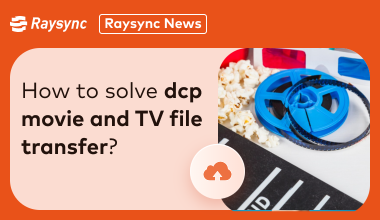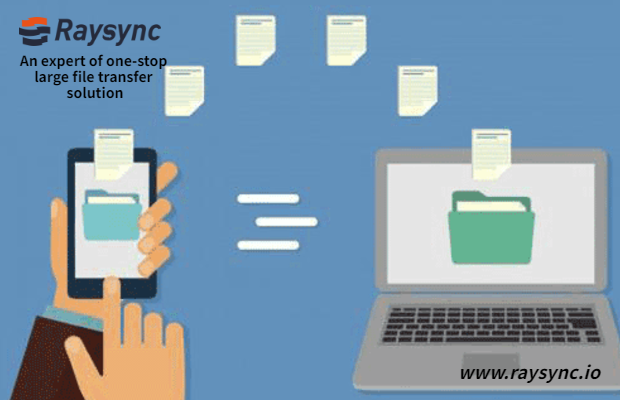Raysync Transmission: TLS and File Transmission
Through the survey we conducted for the users of Raysync Transmission, it was found that in the face of file transfer, security is the most important aspect for our enterprise users. They always ask us what security measures we have before selecting a file transfer product. Considering this, we will use TLS technology adopted by Raysync Transmission software for some knowledge popularization, hoping to help users better understand our efforts in file transfer security.
Let's talk about TLS!
Before grasping what we do with TLS, let's review its actual meaning first. Transport Layer Security, or TLS, is a widely adopted security protocol designed to facilitate privacy and data security for communications over the Internet. A primary use case of TLS is encrypting the communication between web applications and servers. TLS encryption can help protect web applications from attacks such as data breaches, and DDoS attacks. Thus, TLS encryption is widely used in data and file protection.
To create a TLS connection, the Web server requires a TLS certificate. When you decide to activate TLS on the Web server, you will be prompted to complete many questions about the website and company identity. Once finish filling, your Web server will generate two encryption keys (private and public). Customers cannot see the TLS protocol directly, but their browsers provide a key indicator that proves they are currently protected by TLS security protocol. We have all found the "lock icon" and HTTPS in the upper left corner in the screenshot, which indicates a secure connection. Click the lock icon to display more details about the TLS certificate.

How important is TLS encryption?
Talking to TLS security protocol, what we have to mention here is currency transaction, which benefits a lot from TLS connection, because TLS certificate encryption can keep sensitive information sent through the Internet encrypted, and only the target recipient can read the information. TLS encryption can also keep all your information sent to the correct server, but not to any impostor who tries to steal your valuable information.
Raysync Transmission uses TLS+AES-256 encryption to protect your data security
According to the various requirements of the enterprise users, we adopted the high-performance SSL VPN encryption to provide the transfer service for any type of industry in any scene. Based on the TLS security protocol and AES-256 encryption, your file and data will be safer than you imagine. At the same time, built-in CVE vulnerability scanning adds multiple defense walls for data information, effectively resists external attacks, ensures the privacy of the transmission process, and ensures the integrity and security of file data transmission.

And we also prepared the detailed Technical White Paper on Security in our official website for all users, you can see all efforts we made for data security, from the web to the whole transfer process. If you want to learn more about Raysync Transmission, welcome to visit our website to join in the journey of file transmission.
You might also like

Raysync News
April 11, 2024How can organizations solve problems when sending and receiving documents on the intranet and extranet?
There are many problems with file transfers on the intranet and extranet. In this paper, we will propose the corresponding solutions for some of the frequently occurring problems and finally compare the traditional solutions to give the optimal way.

Raysync News
March 14, 2024How to solve dcp movie and TV file transfer?
DCP is a critical process for filmmakers, distributors and theaters around the world. This post will explore the nature of DCP delivery and reveal how different delivery tools affect the process.

Raysync News
June 1, 2022[Hot] 3 Fastest Ways to Transfer Large Files
Still looking for an efficient way to transfer large files? This article details 3 viable approaches. Click on the free trial to learn more!